5 Types of Bees in the US and How They Differ
There are thousands of types of bee in the world, so many that it would take Michele here at BeCause a very long time to draw them all! Today we’re looking at 5 types of bee found here in the US and finding out how they differ from each other, and what they have in common.
1. Honey Bee – Apis Mellifera
Non-native to the US, the honey bee was brought over by European settlers in the 17th century. They differ in size, depending on their role. Workers are the smallest, measuring around 0.5 inches in length, drones are around 0.6 inches long, and the queens measure around 0.8 inches in length.
Honey bees are pollinators and also produce the honey we eat. According to the US Department of Agriculture, honey bees pollinate $15 billion worth of crops in the US annually.
During the winter of 2006-2007, there were widespread losses to honey bee colonies. Research has been carried out to understand what causes Colony Collapse Disorder, but the exact cause is still unknown. It’s suspected that pesticides play a major part. Fortunately, losses haven’t been so large in recent years.
Bumblebees
There are just less than 50 types of bumblebees in the US. In terms of appearance, they’re large, furry, and black with stripes of yellow, white, or orange. Similarly to honey bees, bumblebees form colonies with a queen and workers, but their colonies aren’t as large as those created by honeybees. They’re believed to be more effective pollinators for some crops than honey bees because of their ability to perform ‘buzz pollination’ – a type of pollination required by plants such as tomatoes, blueberries, and kiwis.
2. Rusty-Patched Bumblebee – Bombus Affinis
The workers and males all have a rusty red coloured patch on their backs, which gives these bumblebees their name.
The rusty-patched bumblebee was listed as federally endangered in 2017, with stressors such as pesticides, habitat loss, and climate change causing the decline in population size. We can help rusty-patched bumblebees by stopping the use of pesticides, increasing their habitat, and planting native plants.
3. American Bumblebee – Bombus Pensylvanicus
This bumblebee is large in size, with the queen measuring up to around 25mm in length, males measuring between 16-22mm in length, and workers measuring 14-18mm long.
Unfortunately, the American bumblebee is also in trouble, with numbers rapidly declining. According to the Center for Biological Diversity, this type of bumblebee has disappeared from at least 8 states. The main reasons for the decline in American bumblebees are pesticide use and disease brought by honeybees. Similarly to rusty-patched bumblebees, American bumblebees need more habitat, less pesticide use, and more native plants.
4. Carpenter Bee – Xylocopa Virginica
Unlike the honey bee, carpenter bees don’t make honey, but they are pollinators. They’re noticeably different from bumblebees and honey bees because they don’t have the same hairy yellow and black abdomens – they’re mostly black with minimal hair.
Their appearance isn’t the only way they differ from other bees: they also create burrows in wood to nest, where they live alone. Male carpenter bees live for one year, dying shortly after mating, whereas female carpenter bees usually live for 2 years or more.
5. Red Mason Bee – Osmia Bicornis
Nesting in cavities between brickwork, red mason bees are also happy to use solitary bee hotels. Unlike many bees that collect and transport pollen using their legs, red mason females collect pollen using a pollen brush, made up of the hairs located underneath their abdomen. Males look fairly similar to females with small differences, e.g., they are slimmer and have white hair on their faces.
We hope you've enjoyed getting to know more about these 5 types of bees and how they differ. Shop all our bee designs and support these important pollinators at the same time; every purchase makes a donation to environmental nonprofits, including Pollinator Partnership.

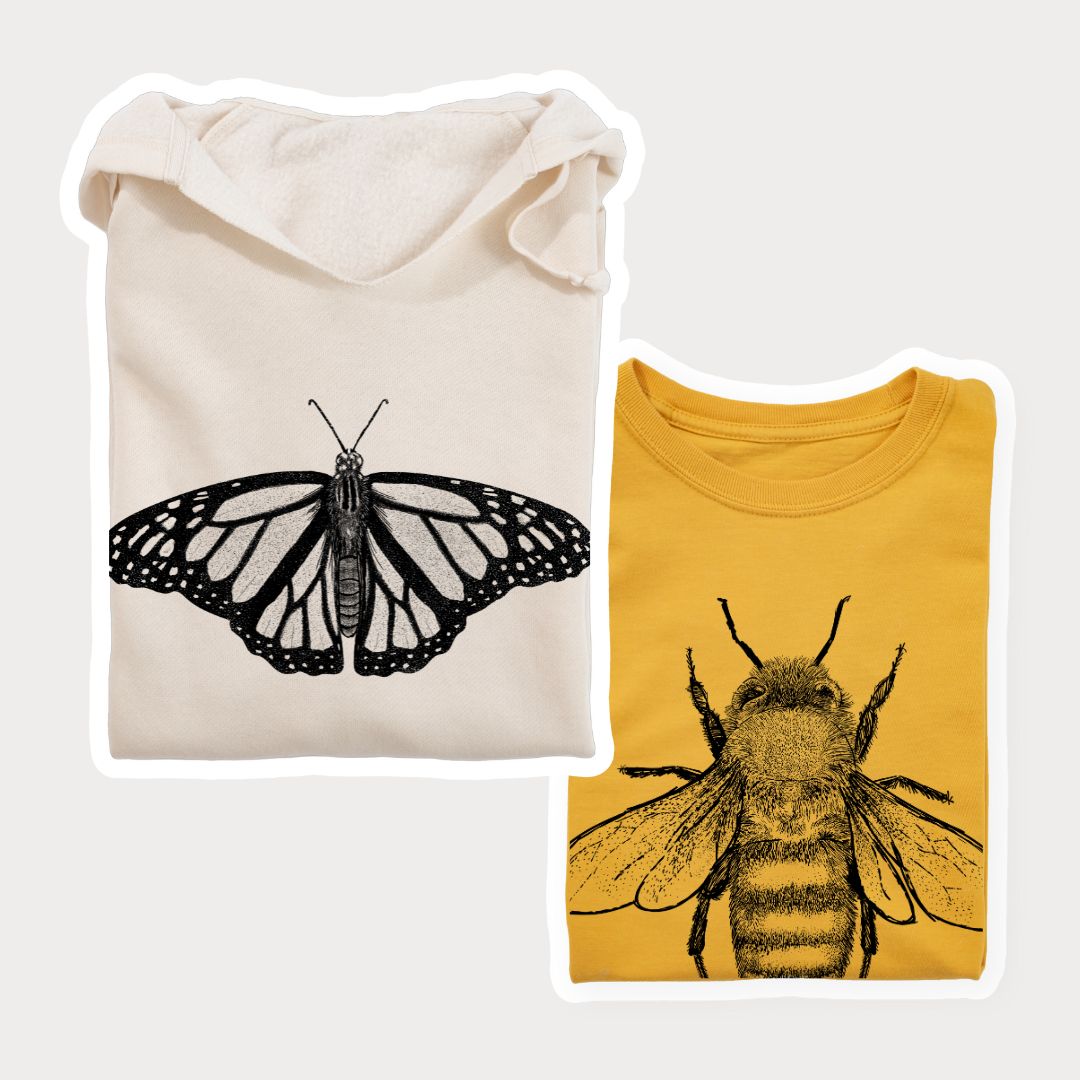



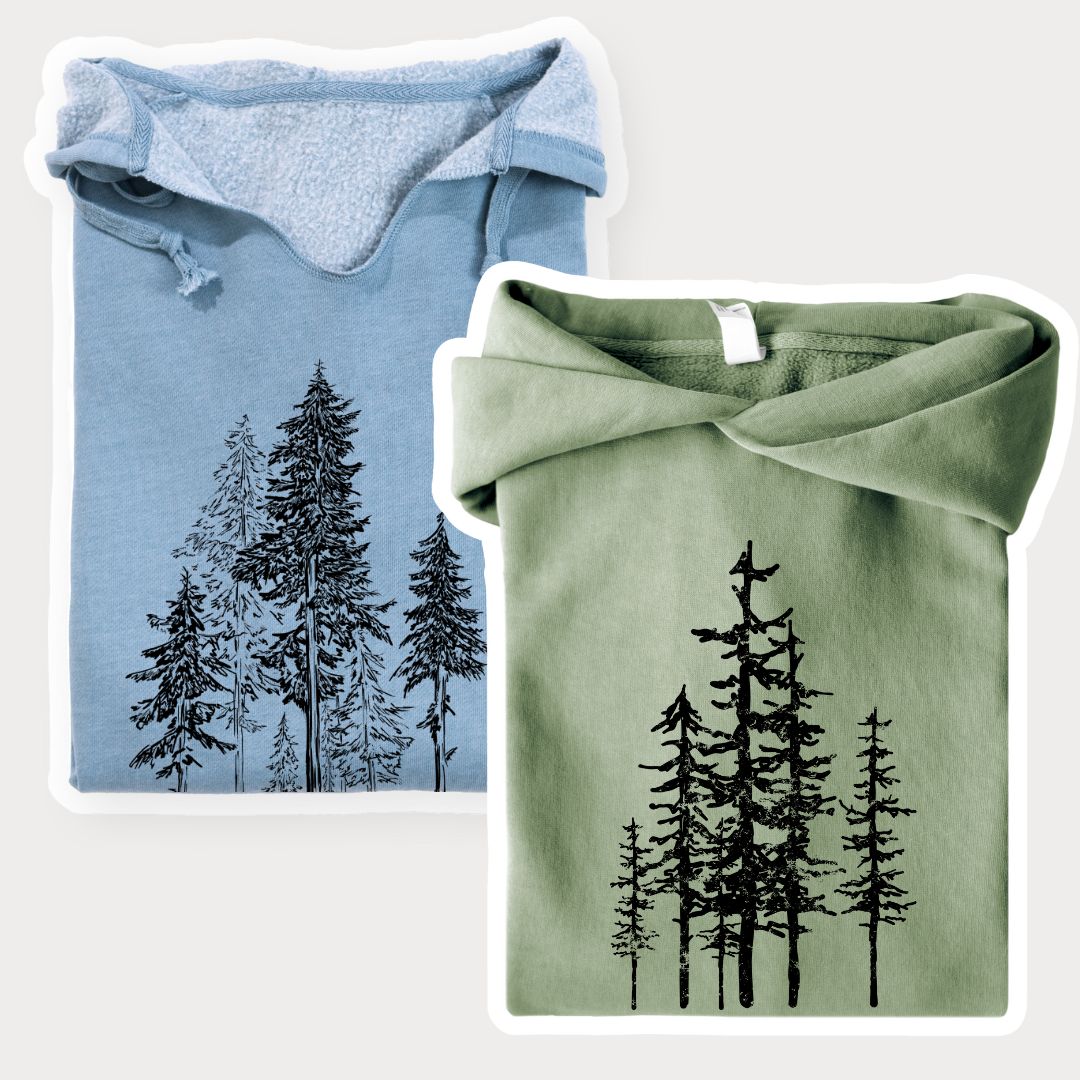





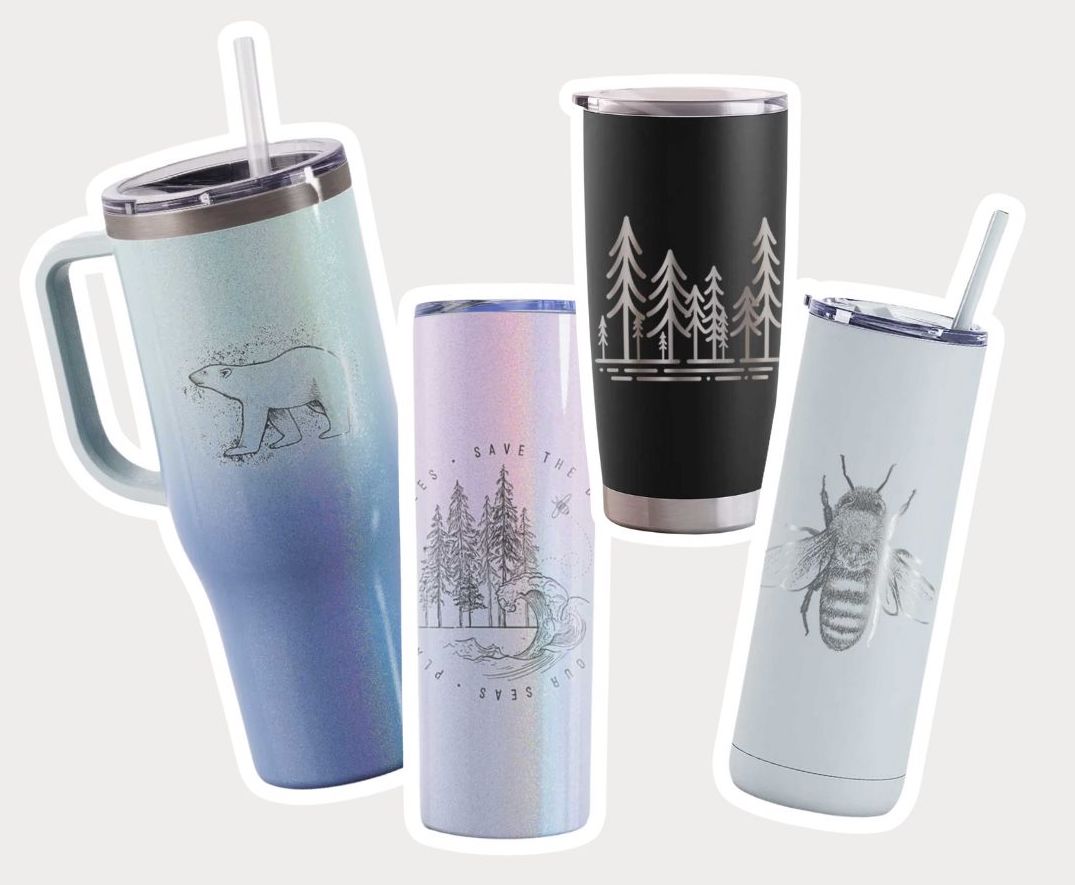







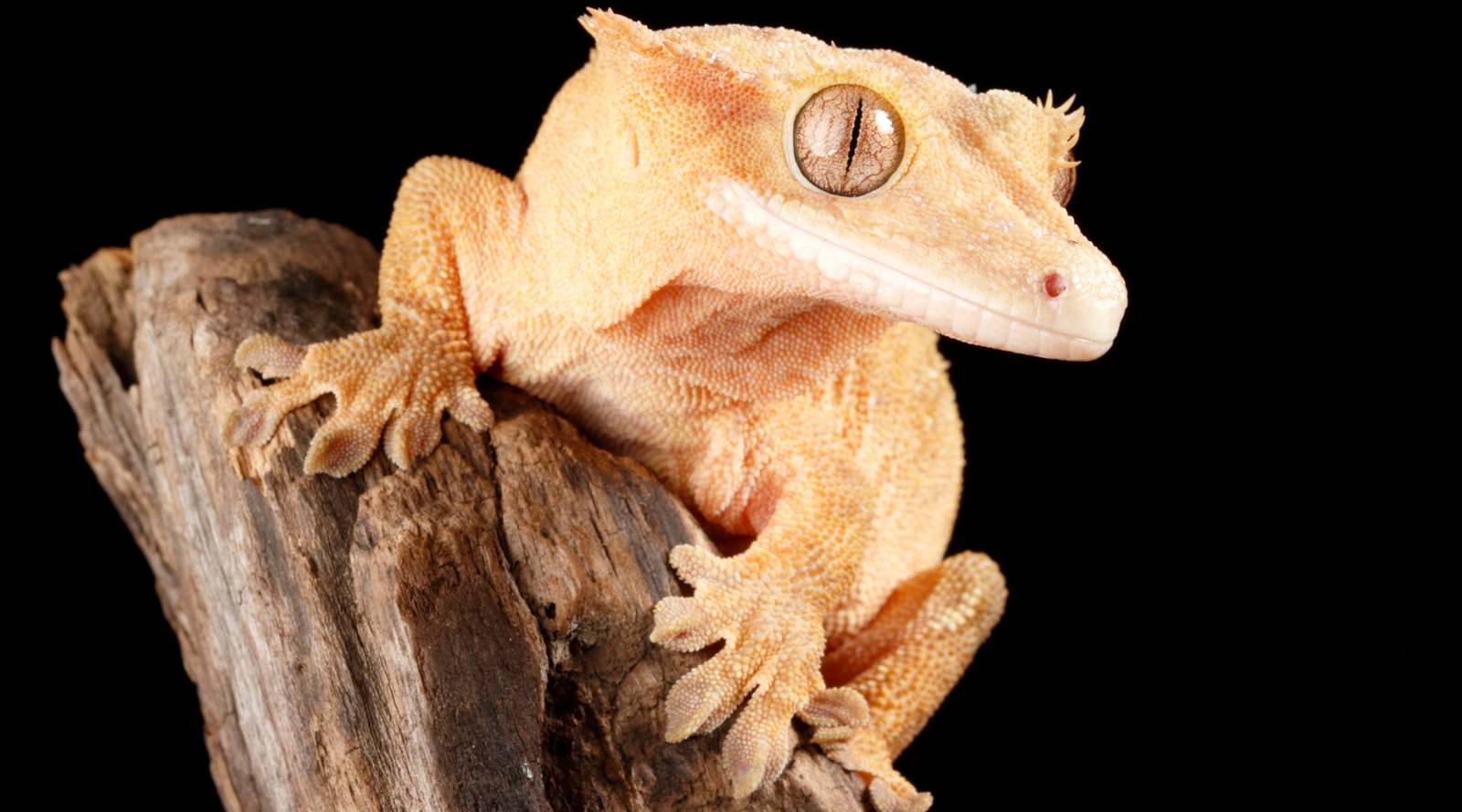
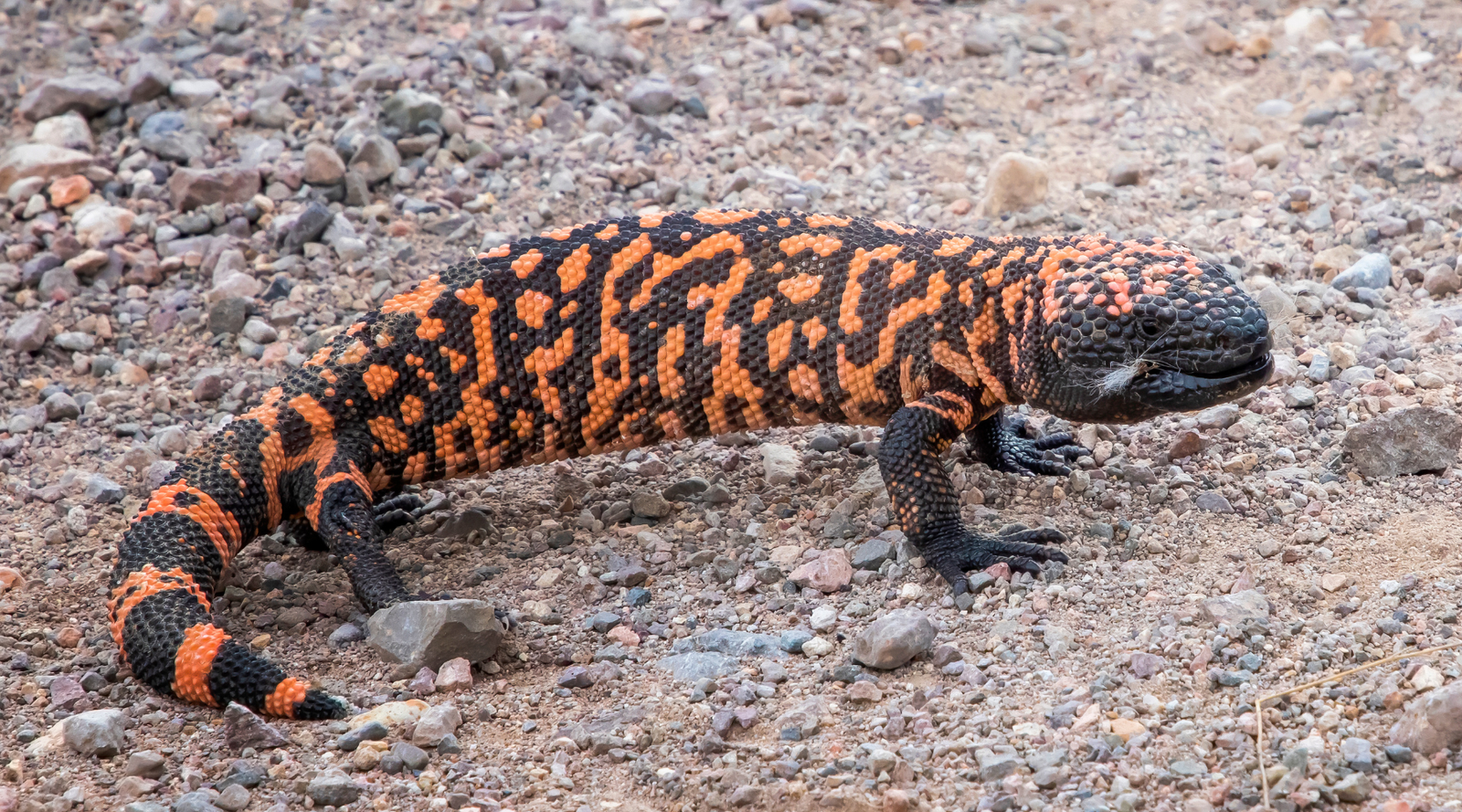
Leave a comment (all fields required)